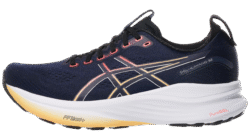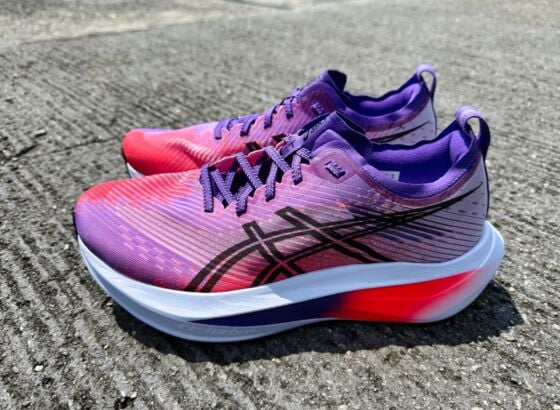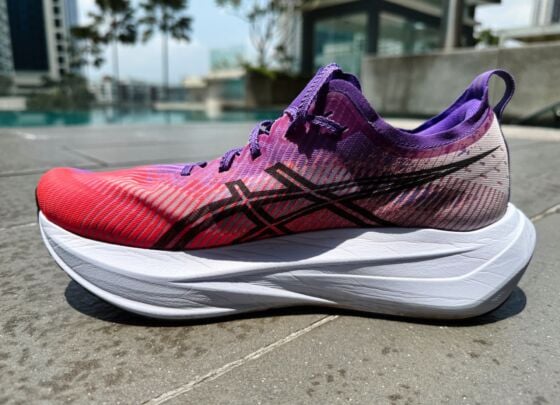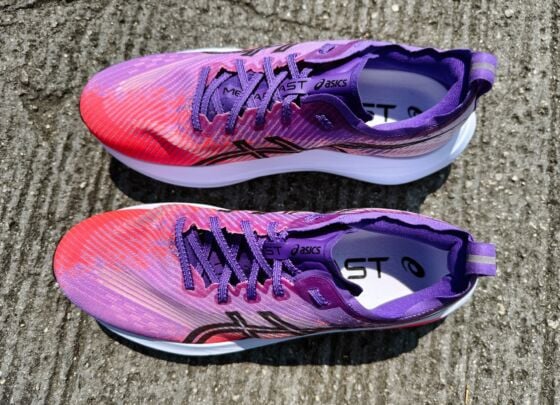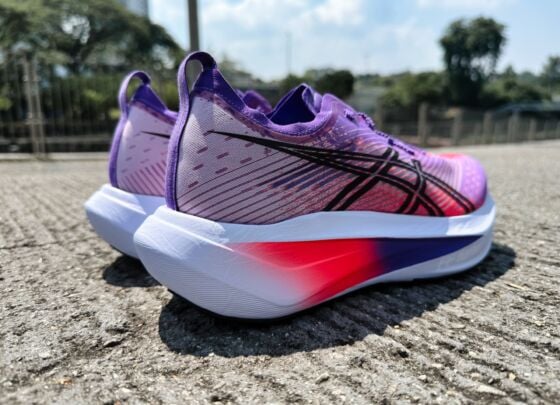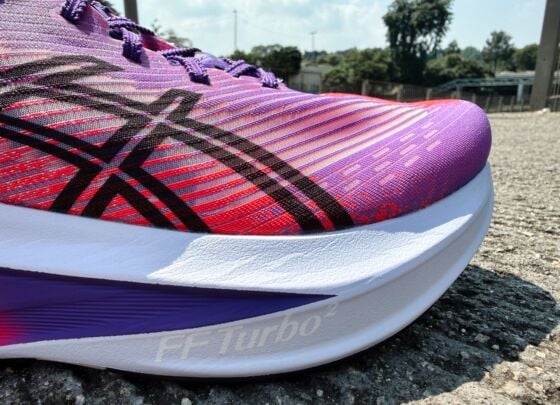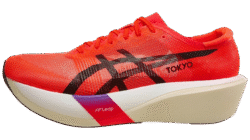Asics MEGABLAST review
Asics MEGABLAST Verdict
The pros
- Springy midsole with a high level of rebound
- Very fast ride for an unplated trainer
- Secure foothold
- Durable outsole
The cons
- Upper material is hard and doesn’t conform to your feet
- Very narrow forefoot
Rating breakdown
Facts / Specs
Size/Fit
Cushioning & ride
Usage
Who should buy the Asics MEGABLAST ?
If you’re looking for a firmer, faster version of the Superblast 2, the Megablast will be right up your alley.
If you want a fast, unplated trainer that you can race in, the Megablast is the fastest option.
Who should not buy the Asics MEGABLAST ?
If you like very soft and bouncy shoes, the Megablast will be too firm.
If you have wide feet, the Megablast’s narrow forefoot will be very uncomfortable.
Asics MEGABLAST Introduction

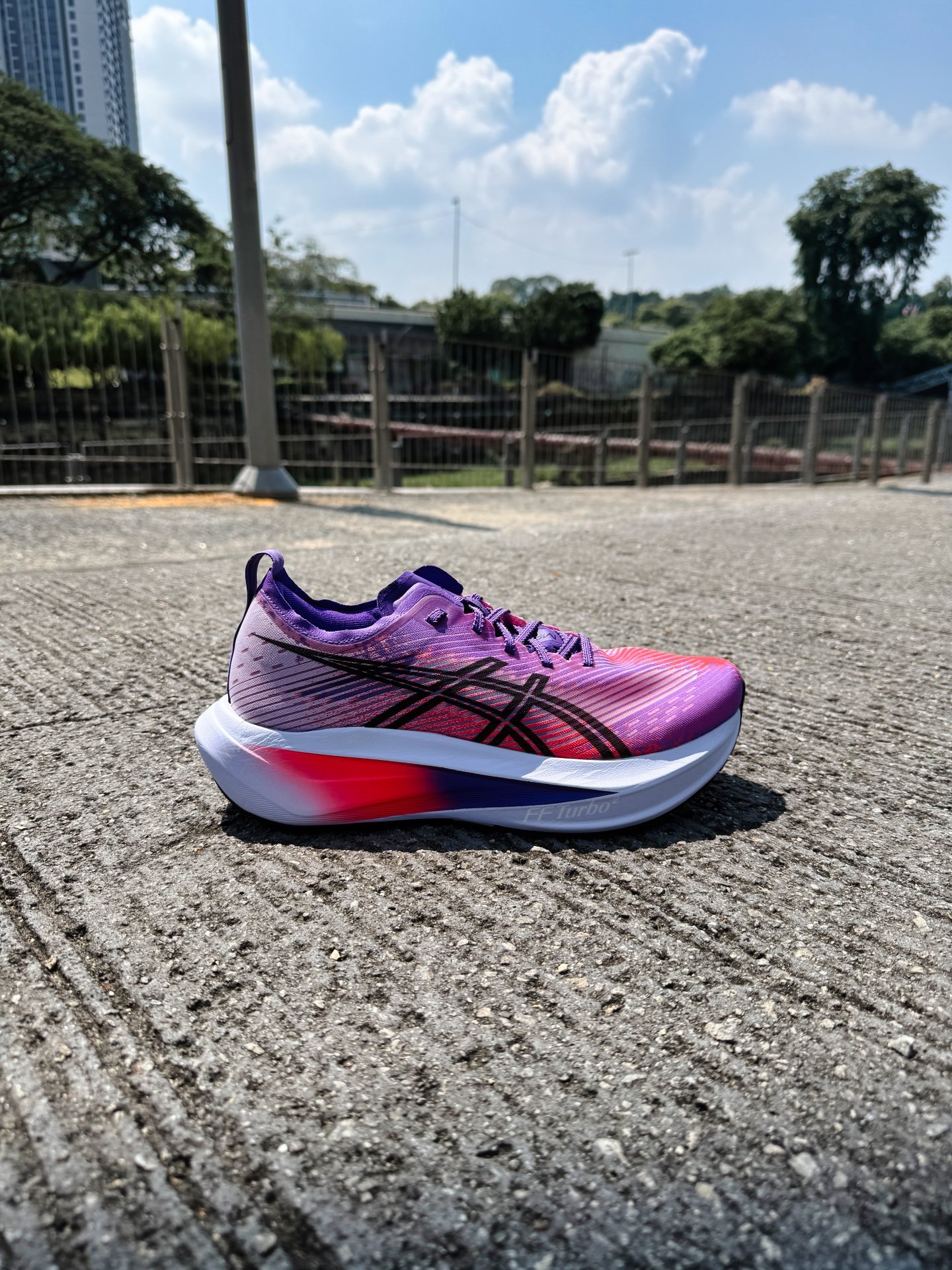
“Atatte kudakero” is a Japanese saying that literally translates to “Hit and break.” It means go for it, even if you fail. This saying perfectly embodies ASICS’ strategy of throwing prototypes at the wall to see which ones stick.
In 2025, ASICS has done more in terms of raw new models than any of its competitors. It is arguably the most exciting and innovative running shoe brand right now.
The Megablast, along with the Sonicblast are the 2 newest additions to the ASICS Blast family. Both of them are designed to be versatile, do-it-all trainers but the Sonicblast is plated while the Megablast isn’t.
I just tested the Sonicblast and I concluded that it’s a very average trainer. It doesn’t feel particularly fast or propulsive, nor is it fun and bouncy. I don’t see a need for its existence.
The Megablast weighs 8.1 oz (230 g) for a men’s US 9. It’s lighter than the Sonicblast, Superblast and Novablast. It costs a whopping $225 which makes it one of the most expensive trainers on the market. It has stack heights of 45 mm/37 mm so it’s illegal to use in official World Athletics races.
Asics MEGABLAST First Impressions

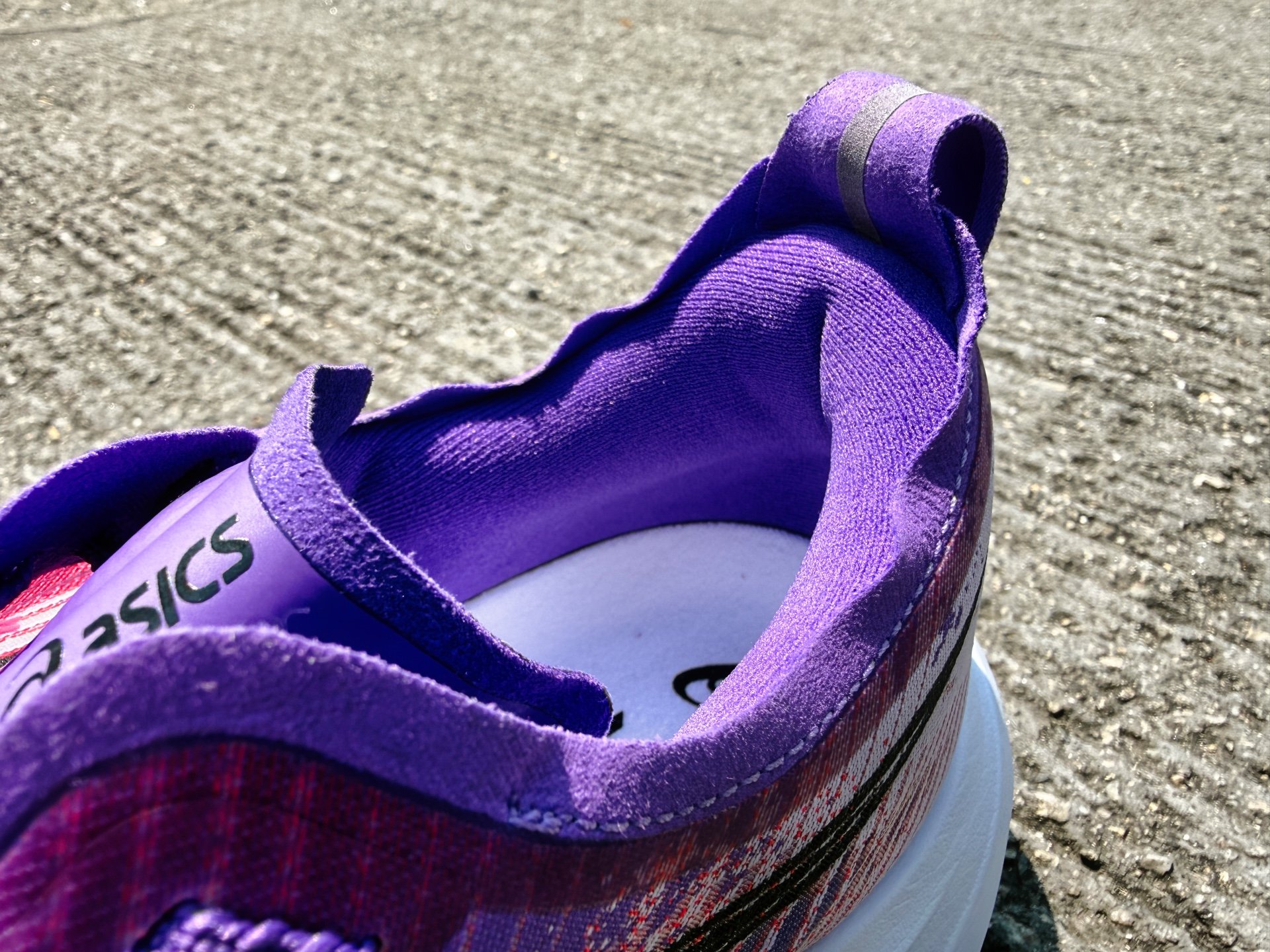
My first run was an easy run with a section of hill sprints. At the beginning while I was going slowly, the Megablast felt firm and blocky. I didn’t feel much energy return.
During the hill sprints when I was putting in effort, it felt like a completely different shoe. It felt springy and transitioned fast from the heel to toe. It made it easy to propel myself up the hill.
It felt like a firmer, sport version of the Superblast 2. It reminded me a lot of the Superblast 1. The Superblast felt more stable and had a more comfortable upper than the Megablast but the Megablast felt faster.
Asics MEGABLAST Upper

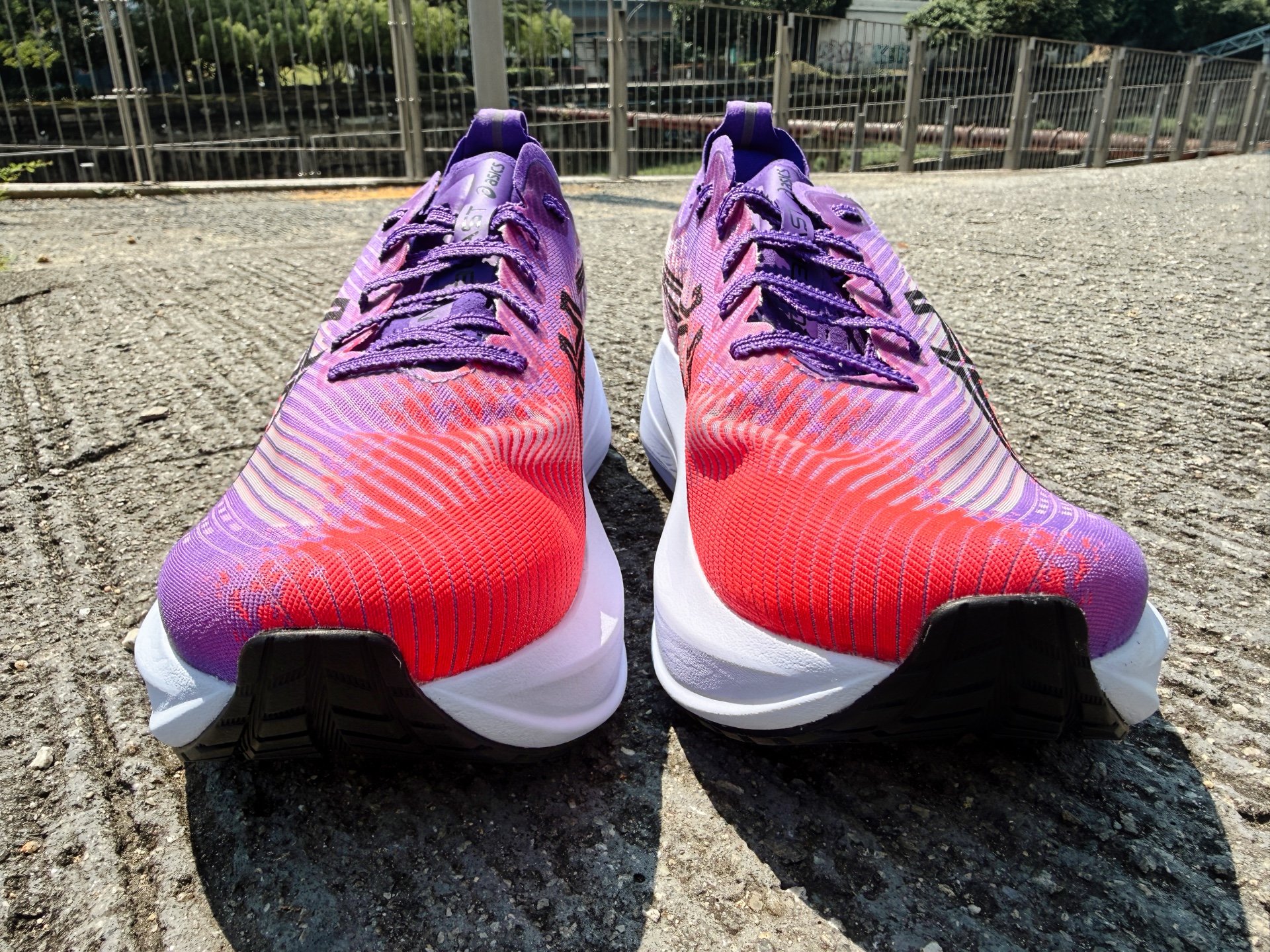
The Megablast’s upper is a hybrid between a racer and a trainer. The material is thin and hard (plastic-like) to save weight but the inside of the heel counter is also padded to enhance comfort around your ankles.
It has a very narrow forefoot so I don’t recommend it for wide feet. Many runners have reached out to me about the pressure on their pinky toe due to it being too narrow. I don’t recommend going up a half size because the length will be way too long. You should buy it in your true size.

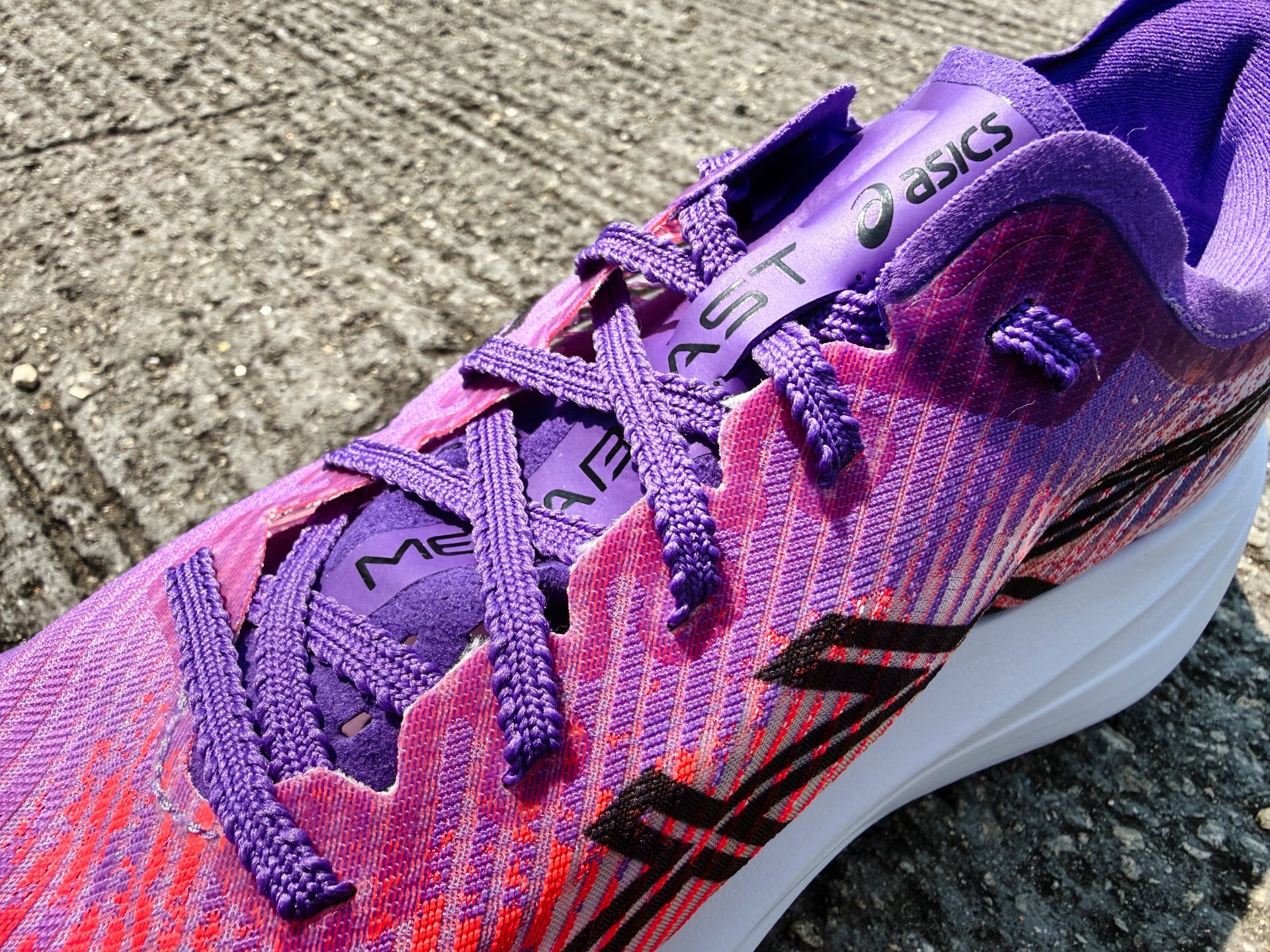
A semi-gusseted on the tongue ensures there’s no tongue slide and there’s a small amount of padding in the tongue that’s designed to prevent lace bite- I still feel pressure on the top of my feet if I lace them up too tightly. I find overall foot lockdown very good. There’s a reflective strip on the back of the heel counter for safety during low light runs.
Asics MEGABLAST Sole Unit

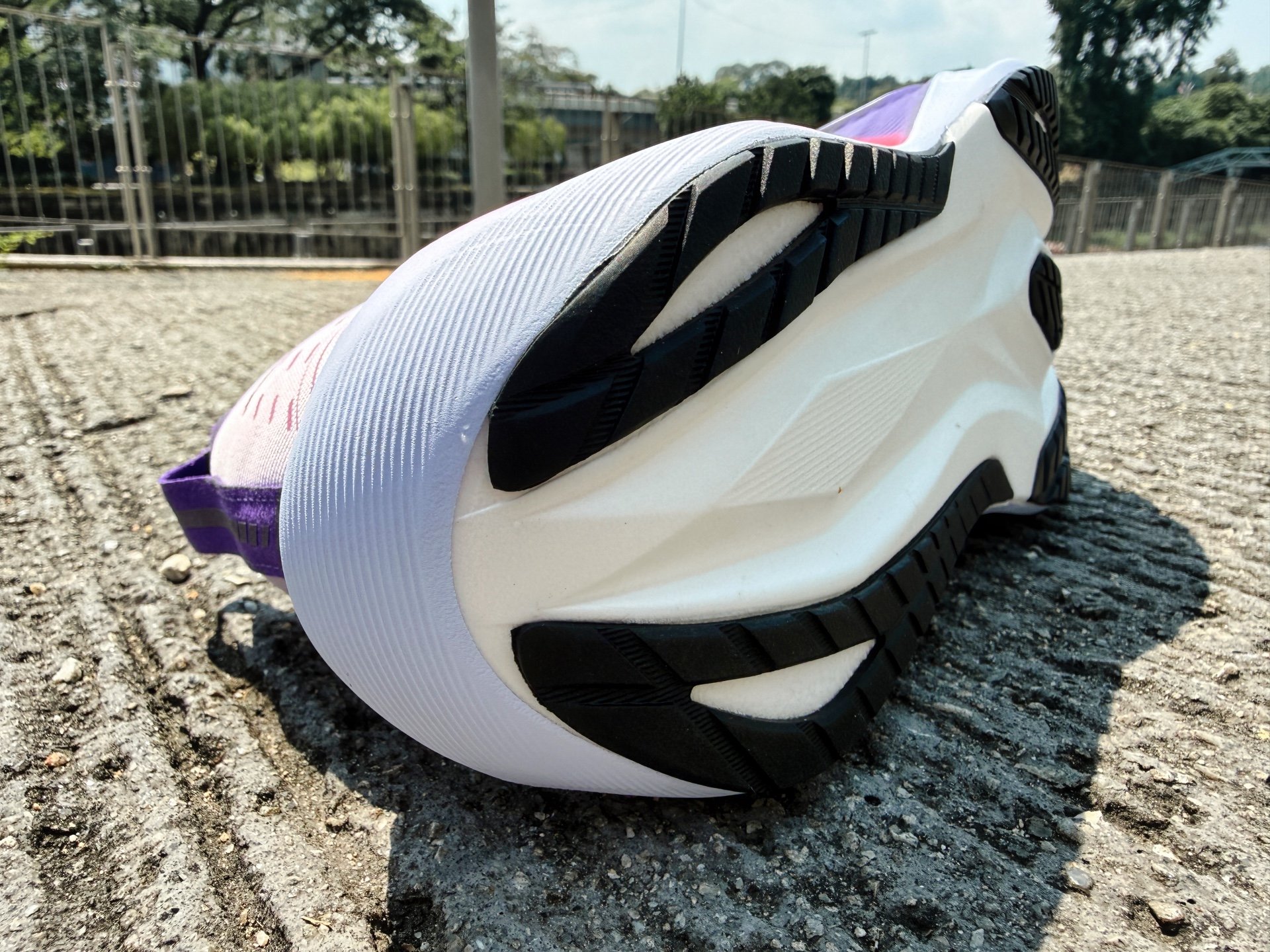
When going at the right paces, the ride of the Megablast has the “wow factor”. It feels both modern and dynamic and the best way to describe its ride is like a souped up Superblast 2: a faster, more energetic Superblast.
This is the first year that ASICS is using A-TPU. Both their FF Leap and FF Turbo Squared are made of aliphatic TPU but they feel very different. FF Leap is extremely spongy and plush whereas FF Turbo Squared is firm and rubbery.
If you were an A-TPU doubter, the FF Turbo Squared midsole of the Megablast is proof that A-TPU is THE midsole foam of the future. The Megablast is extremely lightweight and energetic at the same time. ASICS says it’s 33% bouncier than standard FF Turbo. It’s also very durable- it resists chips and scrapes very well.
The Megablast is not for slow running. It’s best for uptempo runs below 5:15 per km. When I’m going slowly, it doesn’t reward me with much bounce because the midsole is firm. It requires some force to compress the FF Turbo Squared so I only feel the energy return when I’m doing workouts, hill sprints or strides.

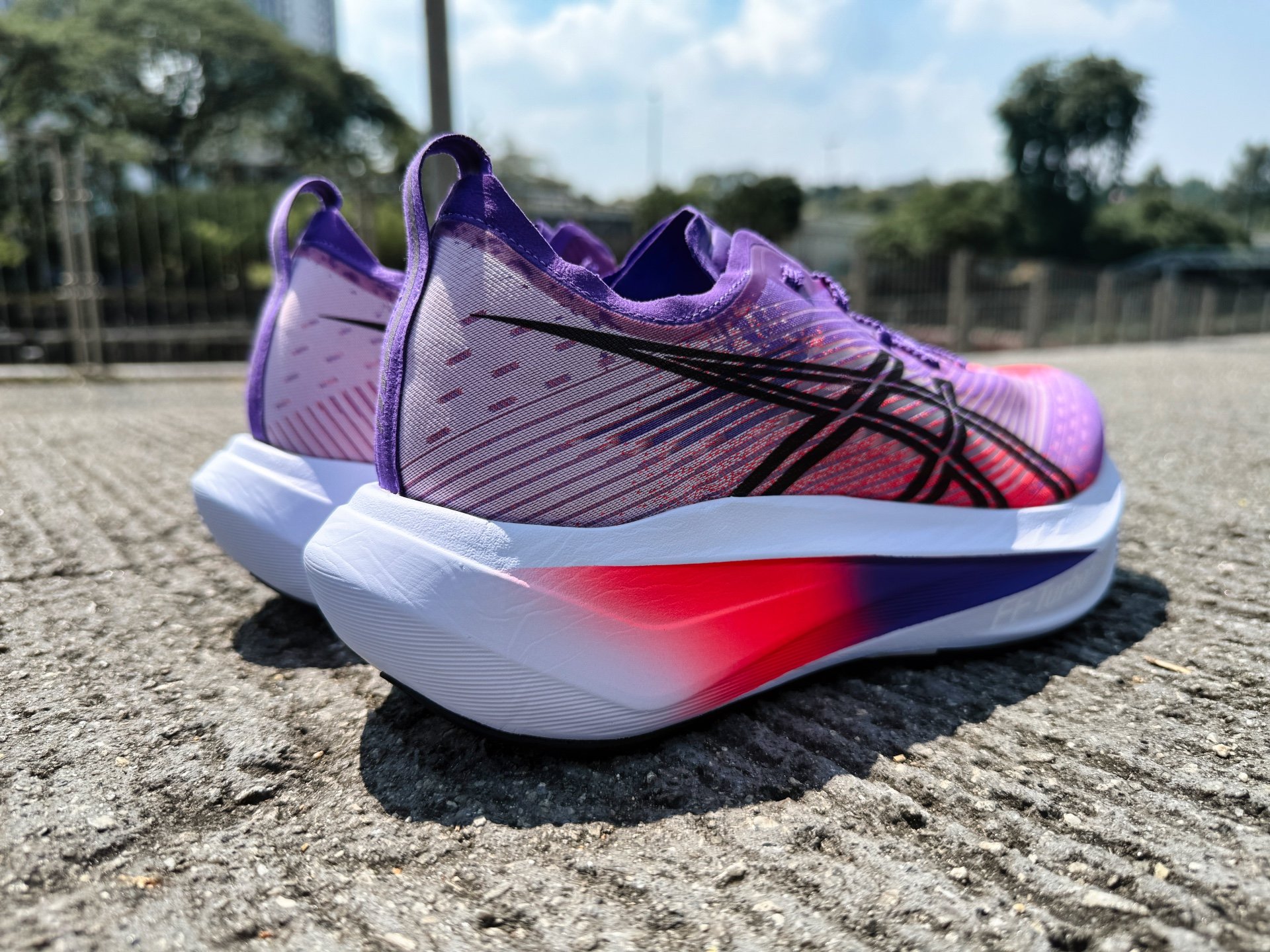
It feels really snappy even though it doesn’t have a plate in it. The forefoot is thick and the foam isn’t squishy so transitions don’t feel relaxed. The Megablast is the fastest non-plated trainer I’ve tested and I would use it for a marathon where I’m not going for a PB.
When it comes to stability, the Megablast isn’t as stable as the Sonicblast. It has a narrower base and your feet don’t sink down into the midsole; your feet sit on top of the midsole rather than inside of it. It’s also not as stable as the Superblast 2.
The Megablast outsole takes inspiration from the other trainers in the Blast series. It has the forefoot “island” which is designed to provide trampoline-like transitions however, it’s not as pronounced as the Novablast 5 because the midsole is much firmer than the Nova.
The outsole is incredibly durable and the rubber lugs are tough. This is one of the most durable ASICS outsoles I’ve recently tested- mainly because the midsole foam is so tough. Traction is also good on wet roads.
Asics MEGABLAST Conclusions

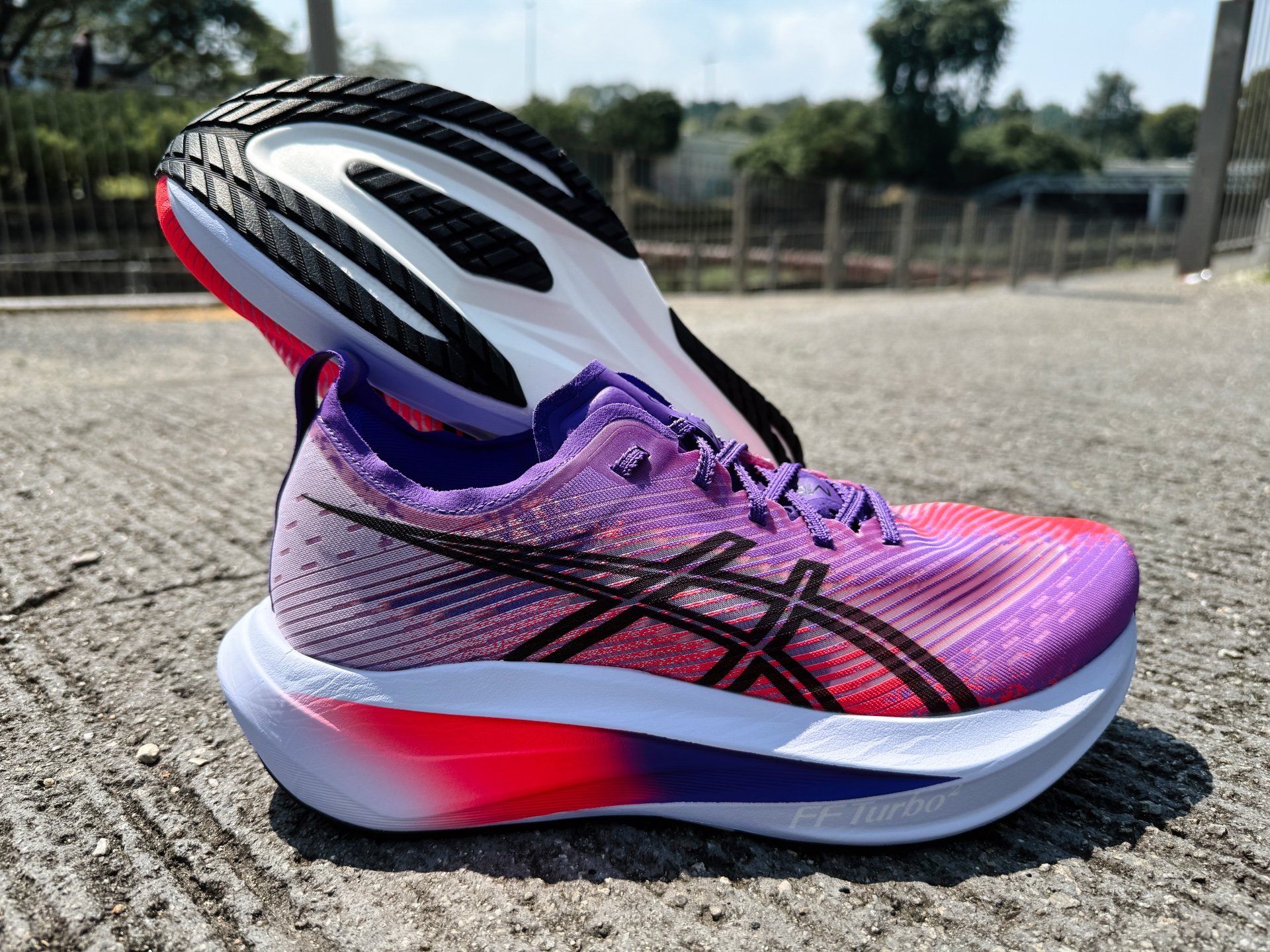
The Megablast is impressive for a 1st gen trainer. Its weakness is its narrow forefoot but its new FF Turbo Squared midsole feels both fast and engaging. The caveat is that you have to put in some effort to feel the energy return. This is definitely not an easy/recovery run trainer.
I’ll be using the Megablast in my rotation for long runs with fast finishes, for hill sprints and for short tempo runs. I prefer a stiffer trainer with a plate or rods for threshold or interval workouts.
I enjoy the Megablast much more than its blast sibling, the Sonicblast. It’s much easier to pick up the pace in the Mega. It’s $45 more than the Sonic though. I feel that the Megablast is here to stay whereas the Sonicblast’s existence is irrelevant in the ASICS range.
Compared to the Superblast 2, the Superblast is $25 cheaper and is better value for money. The Superblast 2 is a bit softer and a bit heavier than the Megablast but they are both used for the same types of runs so you don’t need both in your rotation.
How does the MEGABLAST compare?
Why you can trust us
As editorial policy, we do not accept free samples from companies.We purchased this pair of Asics at Running Warehouse with our own money.
This page contains affiliate links. As an Amazon Associate we earn from qualifying purchases. Read more about our policy.
Reviewed by Brandon
Brandon is a South African marathoner based in Malaysia, where the humidity is high and his shoe rotation is even higher. He’s a runner with a full-blown addiction to running shoes. Most people buy shoes to run—Brandon runs to justify buying more shoes. If there’s a new drop, he’s probably already logged 100km in them.
User feedback (0)
Similar shoes to Asics MEGABLAST

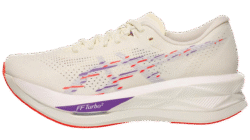
ASICS SONICBLAST Review

